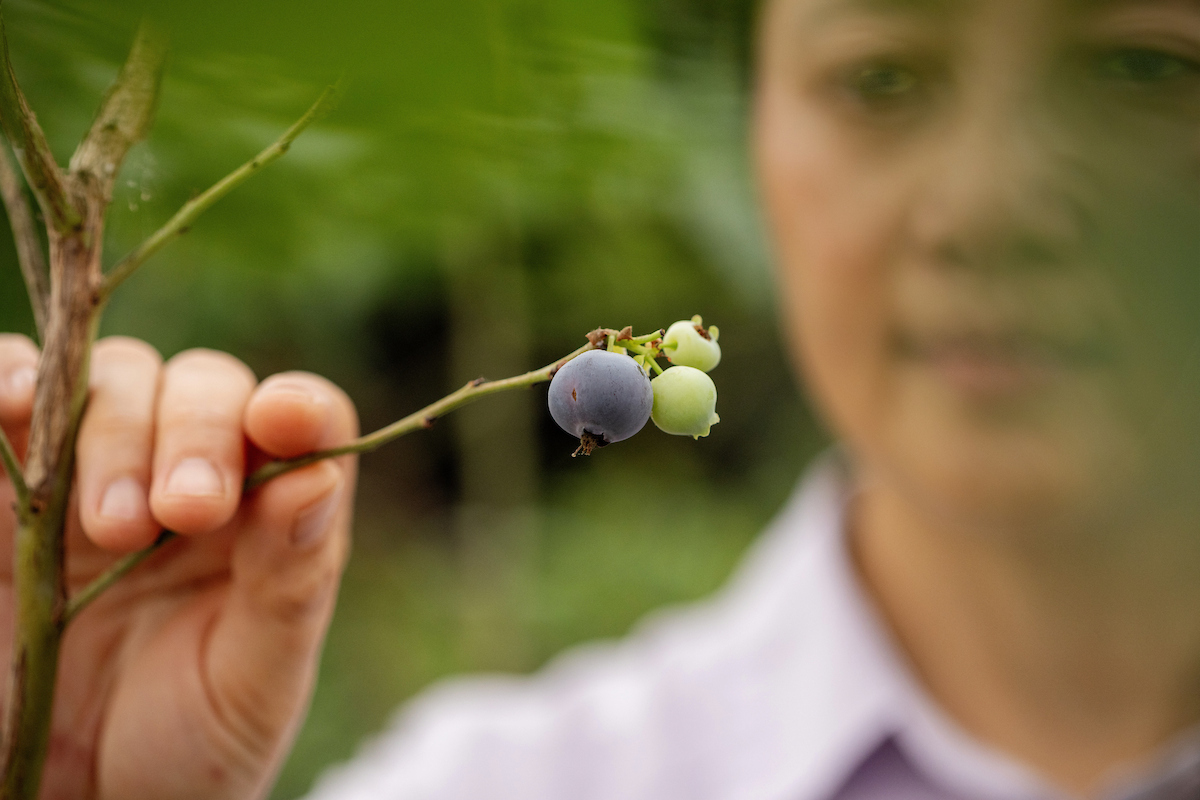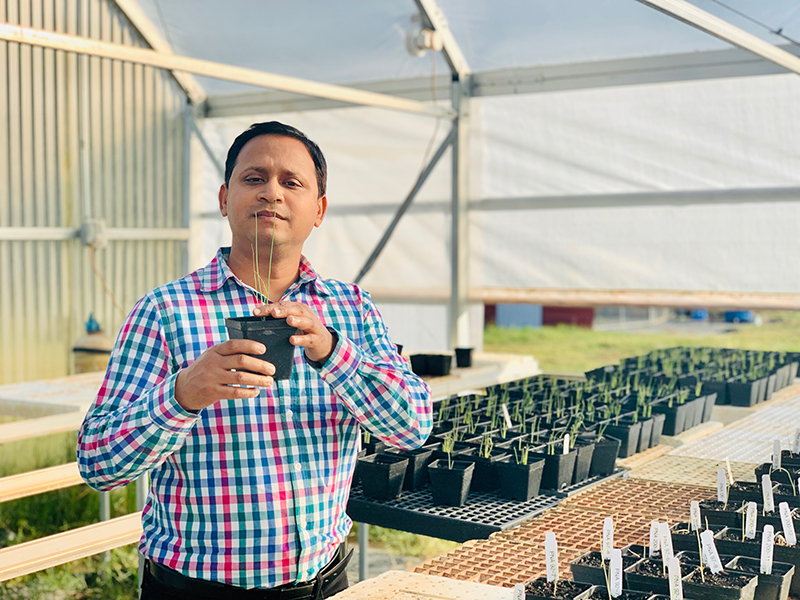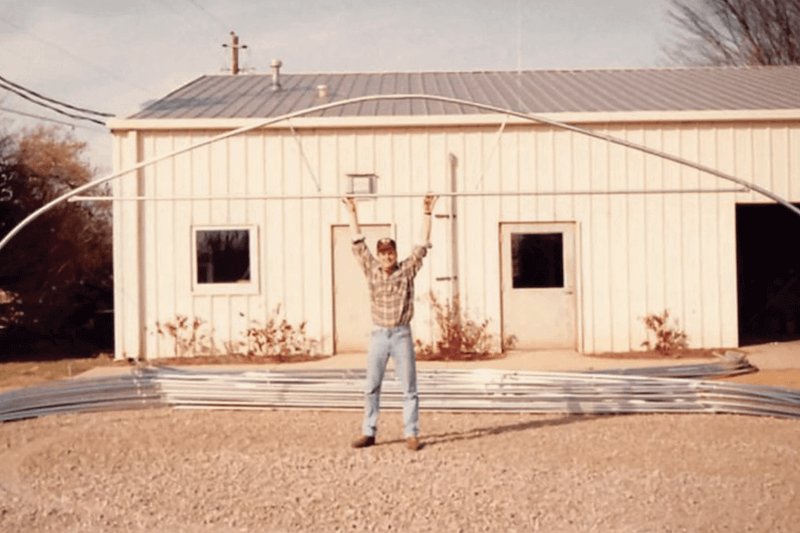 CAES News
CAES News
UGA boosts Georgia’s economy by $8.4 billion
The University of Georgia contributed $8.4 billion to the state’s economy in fiscal year 2024, an increase of $300 million from the previous year and a record for the state’s flagship university. The increased economic impact was powered by growth in the number of degrees conferred at the graduate and undergraduate levels, an increase in externally funded research and the positive effects of UGA’s public service and outreach efforts across the state.








